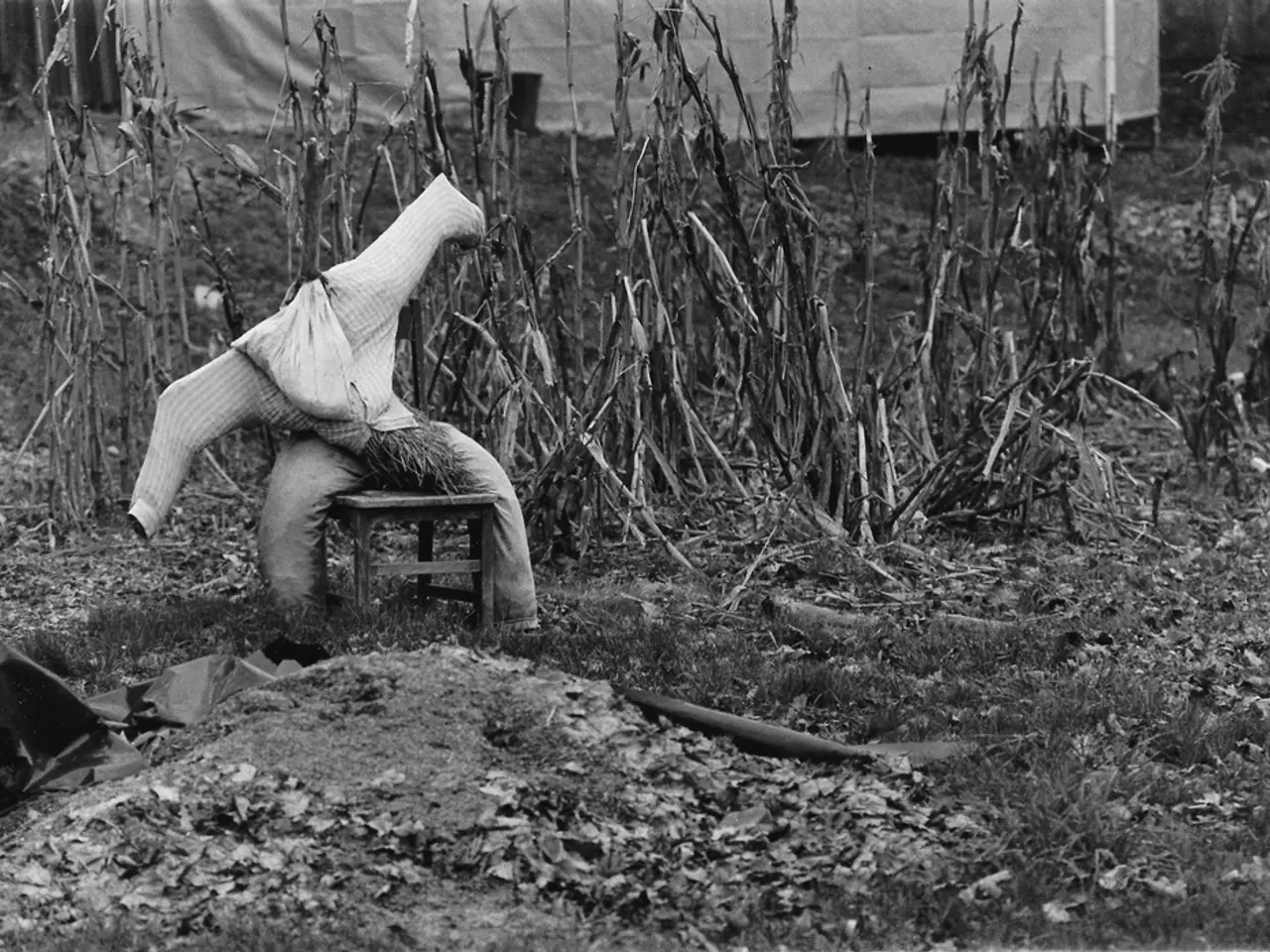Unfounded Anxieties and Illogical Terrors
Phobias, intense and irrational fears, affect millions of people worldwide, causing significant anxiety and interfering with daily life. Common phobias include closed-in places, heights, highway driving, flying insects, snakes, needles, dogs, and situations involving blood, injury, or injections.
To address these fears, a combination of psychological techniques, gradual exposure, and supportive lifestyle changes can be effective. One approach is the Fear Ladder method, where individuals list frightening situations related to their phobia, arrange them from least scary to most scary, and then work through each step at their own pace.
For example, someone with a fear of dogs might start by looking at pictures of dogs, watching videos with dogs, looking at a dog through a window, standing across the street from a dog on a leash, and gradually progressing to petting smaller and larger dogs, both on and off leash.
Education plays a crucial role in reducing irrational beliefs and fear responses. Learning about the specific phobia and its triggers increases understanding and control over the fear source.
Gradual Exposure and Systematic Desensitization involve safely exposing oneself to the feared object or situation in a controlled way. This helps build tolerance and reduce anxiety. Techniques such as deep breathing, progressive muscle relaxation, imaginal exposure, in vivo exposure, and even virtual reality exposure can be used to manage distress while confronting fears.
Cognitive-Behavioral Therapy (CBT) identifies and changes unhelpful thought patterns and beliefs linked to the phobia. A particular form, Exposure and Response Prevention (ERP), combines exposure with preventing the usual anxiety-driven responses, thereby reducing fear over time.
Relaxation Techniques, such as breathing exercises, meditation, mindfulness, and other relaxation practices, help manage the physical symptoms of anxiety that accompany phobias, calming the nervous system and improving emotional regulation.
Support Networks provide emotional support, reduce isolation, and encourage continued progress through accountability. Sharing fears with trusted friends, family, or support groups can be beneficial.
When phobias significantly interfere with daily life, cause panic attacks, or are resistant to self-help strategies, consulting a mental health professional is advised. Therapists often utilize exposure-based therapies, CBT, or specialized protocols tailored to the individual.
Additional practical tips include engaging in regular exercise, avoiding substances like caffeine and alcohol that can exacerbate anxiety, and prioritizing adequate sleep to support overall mental health.
For children, strategies like distraction, boosting logical thinking about fears, patience, and gently encouraging participation in feared activities without avoidance have proven effective. If childhood fears interfere with a child's daily life or cause distress, seeking help from a qualified child therapist may be necessary.
In summary, the most effective approach to overcoming phobias and irrational fears combines gradual exposure with relaxation and cognitive restructuring, supported by professional guidance when necessary. With patience, persistence, and the right strategies, it is possible to conquer even the most debilitating fears.
[1] Barlow, D. H. (2013). Anxiety and its Disorders: The Nature and Treatment of Anxiety and Panic (5th ed.). Guilford Press. [2] Craske, M. G., & Barlow, D. H. (2014). Mastery of Your Anxiety and Worry: A Step-by-Step Program. Guilford Press. [3] Foa, E. B., & Kozak, M. J. (1986). A cognitive-behavioral model of panic disorder: The role of fear of fear. Behaviour Research and Therapy, 24(1), 41-49. [4] Rapee, R. M., & Heimberg, R. G. (2006). Cognitive-behavioral therapy for anxiety disorders: A guide for practitioners. Guilford Press.
- Coping skills, such as deep breathing and progressive muscle relaxation, can help manage the physical symptoms of anxiety that accompany phobias.
- Education about specific phobias and their triggers increases understanding and control over irrational fears.
- Workplace-wellness programs that include mental-health and anxiety relief strategies can benefit individuals struggling with phobias.
- Fitness-and-exercise, good nutrition, and adequate sleep are practical tips that support overall mental health and can help reduce anxiety caused by phobias.
- Science and therapies-and-treatments like Cognitive-Behavioral Therapy (CBT) and Exposure and Response Prevention (ERP) help identify and change unhelpful thought patterns linked to phobias.
- Mental-health professionals often utilize exposure-based therapies, CBT, and specialized protocols tailored to the individual to effectively address phobias.
- Support Networks provide emotional support and encouragement, reducing isolation and promoting continued progress for those dealing with phobias.
- For children with phobias, strategies like distraction, boosting logical thinking, patience, and gently encouraging participation in feared activities without avoidance can be effective, and seeking help from a qualified child therapist may be necessary if fears interfere with daily life or cause distress.




